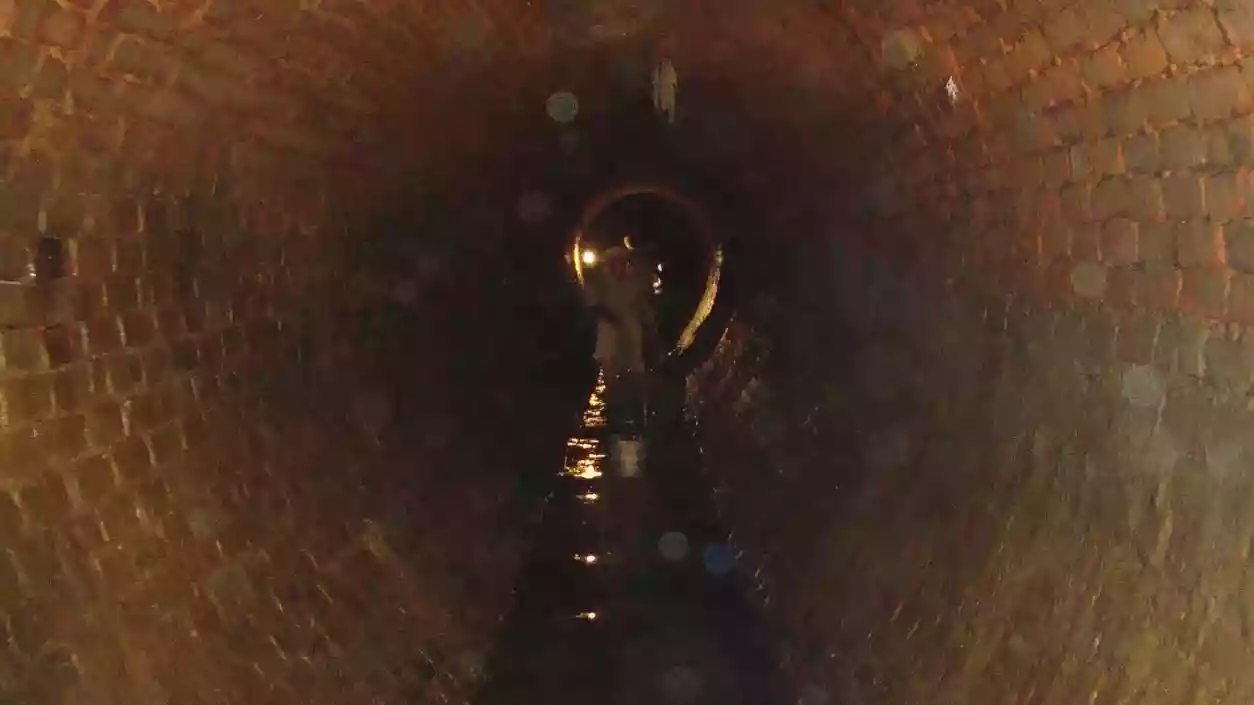.gif)
.gif)

The underground brick-built sewer line stretching from Moula Ali crossing to Palmer Bazaar, constructed during the British era, will undergo a complete overhaul for the first time since its inception. The drainage channel, considered one of Kolkata’s most critical sewer lines, carries sewage from large parts of North, Central, and South Kolkata. According to officials, the ₹170 crore project will begin after the Durga Puja festivities conclude.
The Moula Ali–Palmer Bazaar drainage route spans 1100 metres and was originally designed to handle large volumes of sewage through a 22-feet high and 18-feet wide underground channel. The dimensions of the channel are large enough to accommodate vehicular movement. During the British period, boats were lowered through manholes to manually remove silt, but this process was discontinued post-independence. Over the decades, about 7 to 8 feet of silt has accumulated inside the channel, significantly affecting its capacity.
The system receives sewage through three major brick-built channels from Shyambazar, Dharmatala (via Lenin Sarani), and Beckbagan. These converge at Moula Ali before flowing towards the Palmer Bazaar pumping station. Each of these branches has already been repaired and reinforced using geopolymer jackets. However, the central channel from Moula Ali to Palmer Bazaar remained untouched, leading to continued inefficiencies despite partial repairs upstream.
Officials confirmed that the revamp will be carried out in multiple phases. The first phase will focus on rerouting or turning the three incoming brick drains to enable smooth access to the main channel. This phase is considered structurally complex and will be followed by extensive desilting of the main sewer line. Once the 7 to 8 feet thick layer of accumulated silt is removed, the civil repair and reinforcement work will begin.
The existing manholes along the stretch are nearly 10 feet long and 6 feet wide. These were originally designed to accommodate boats for maintenance operations. The large internal cross-section and unique floral-shaped structure of the sewer highlight the engineering standards of the colonial period. Despite sporadic silt removal attempts over the years, full-scale maintenance has not been conducted since its construction.
A tender has already been issued for the execution of this project. The work will be carried out by domestic agencies, and once completed, the rehabilitated sewer is expected to restore drainage efficiency for at least 55 wards in the city. The Kolkata Municipal Corporation has identified this system as critical to improving the city’s flood management and sewage disposal network.